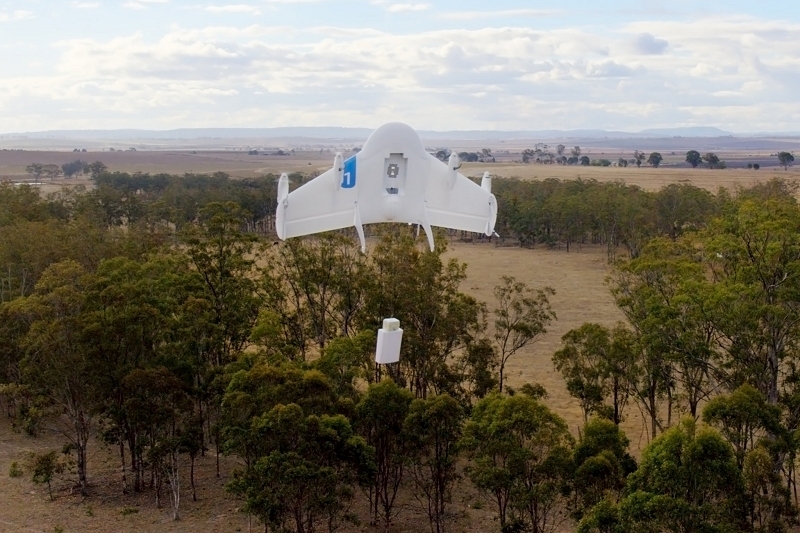Much like autonomous vehicles, drones could one day revolutionize all sorts of common tasks currently delegated to humans. But just like driverless cars, it'll still be several years before we see unmanned drones zipping above our heads on a regular basis as there are all sorts of safety precautions, regulations and protocols that first need to be developed.
As outlined in a recent report from The New York Times, NASA is leading the charge as the space agency has been developing a traffic management system specifically for drones. The team at NASA's Moffett Field (roughly four miles from Google's Mountain View campus) aims to build an air traffic control system for low-flying aircraft - between 400 to 500 feet for most drones.
Mirroring the functionality of a conventional system, the drone system would monitor weather conditions as well as look out for other aircraft in the skies. Wind would be of the utmost concern as it doesn't take much to shove a lightweight drone off course.
The control system would also need to look out for obvious obstacles like buildings and low-flying news helicopters - concerns that traditional aircraft don't have to worry about at 30,000 feet.
Parimal H. Kopardekar, a NASA principal investigator who is developing and managing the program, expects the first commercial applications to be limited to agriculture and asset monitoring. By that, he means keeping an eye on crops or remotely monitoring an oil pipeline.
Such uses could become a reality as early as next year, he said.
